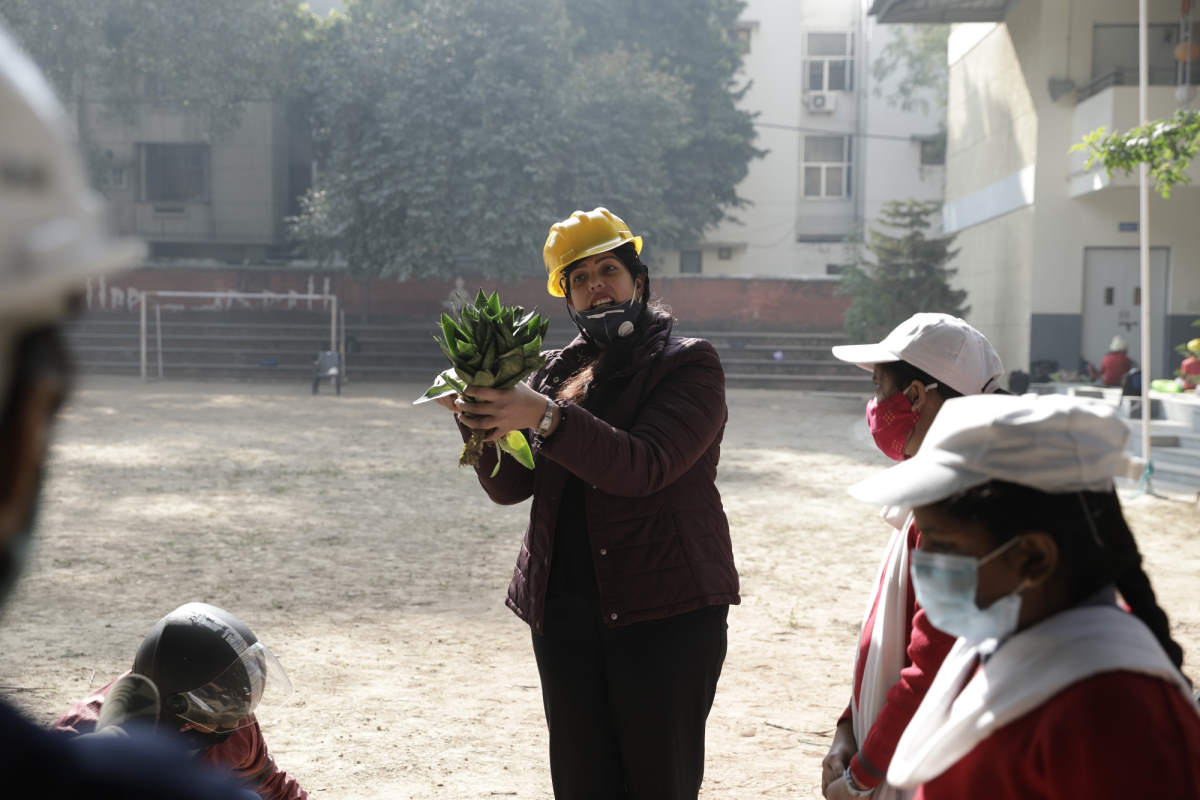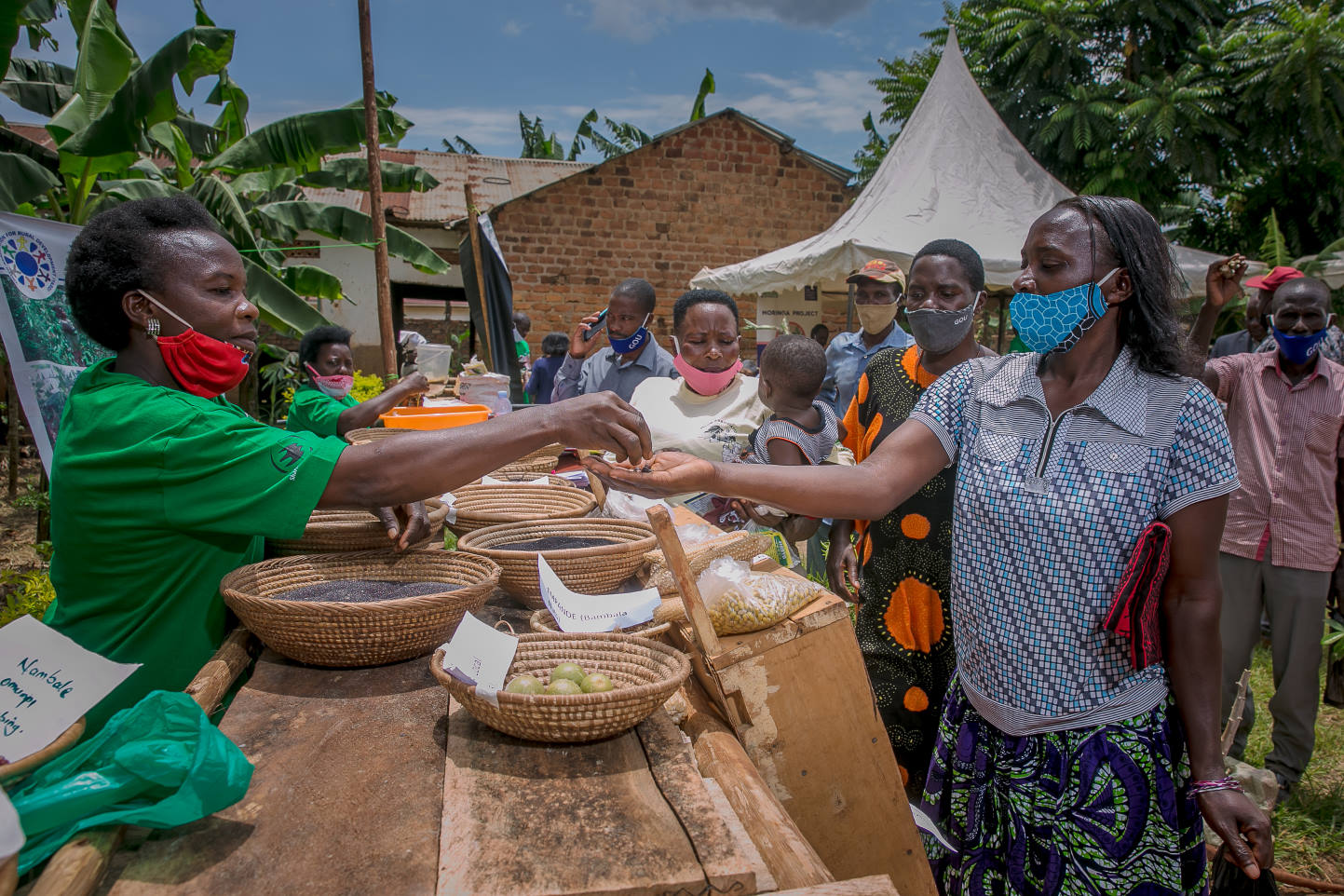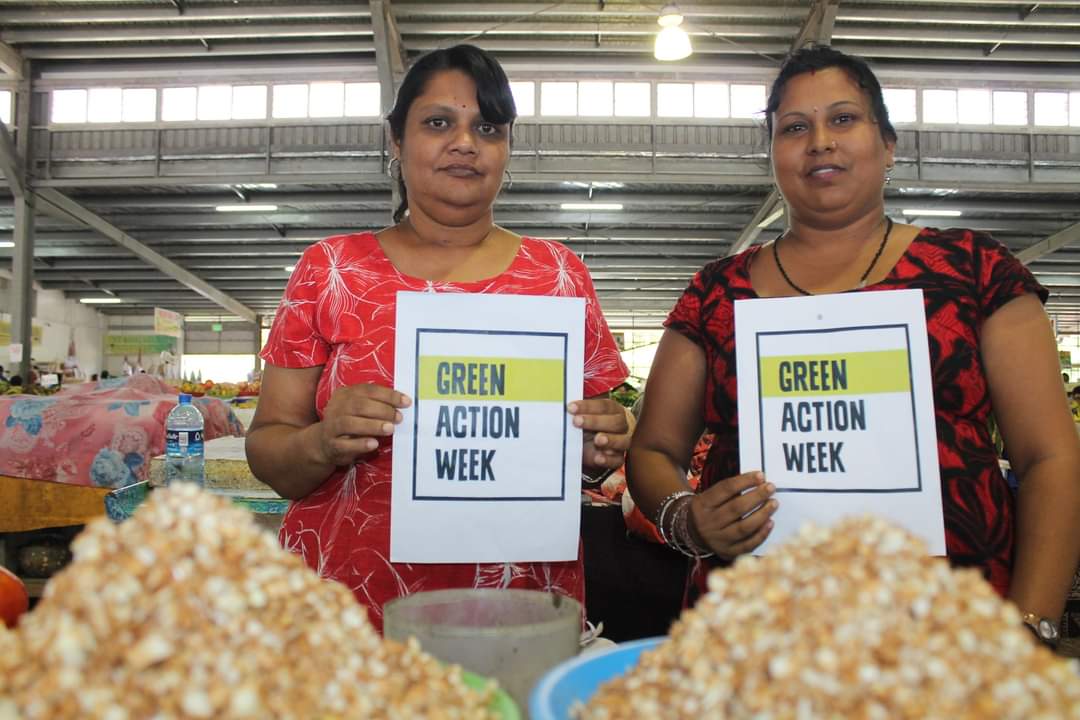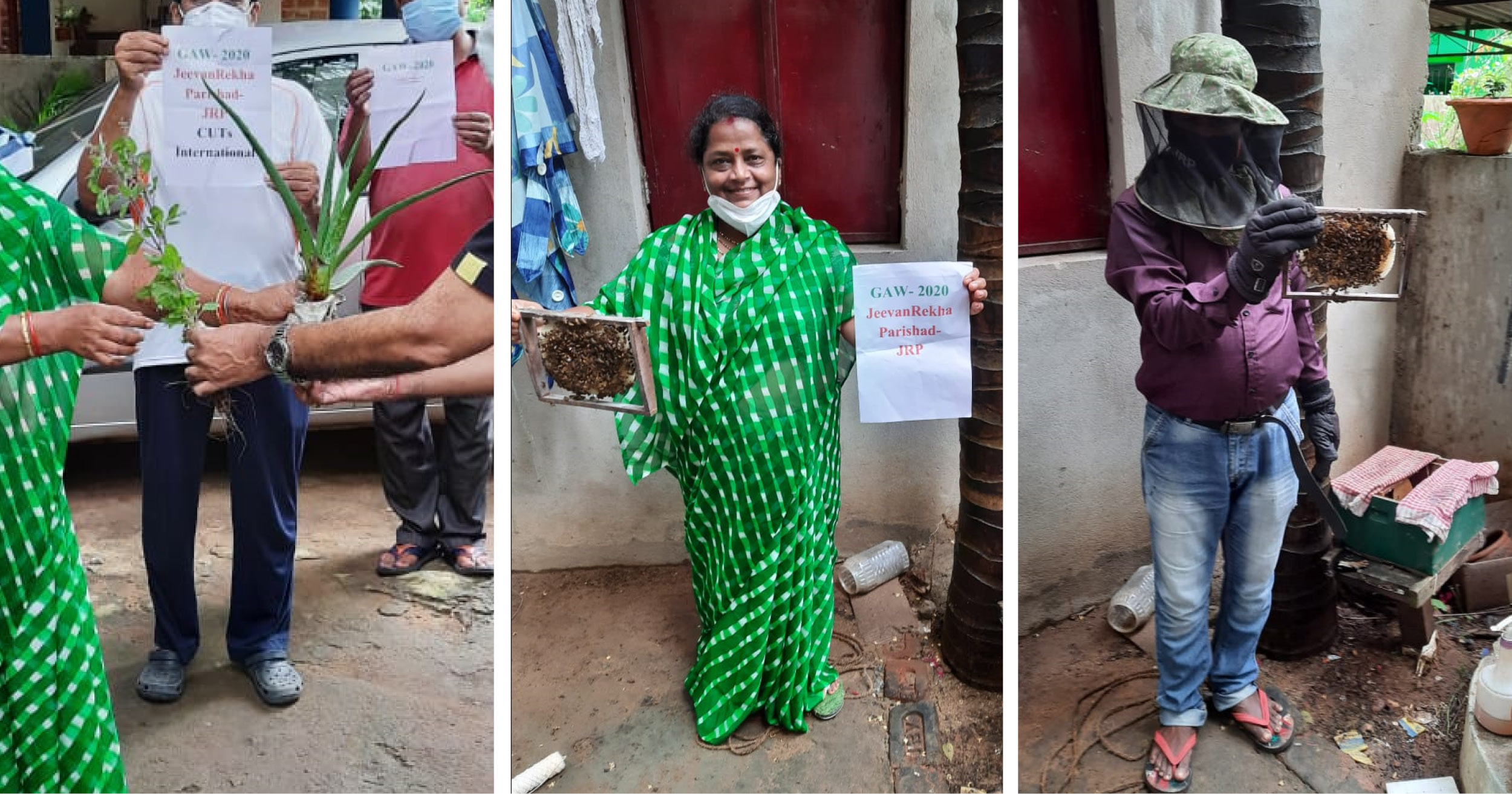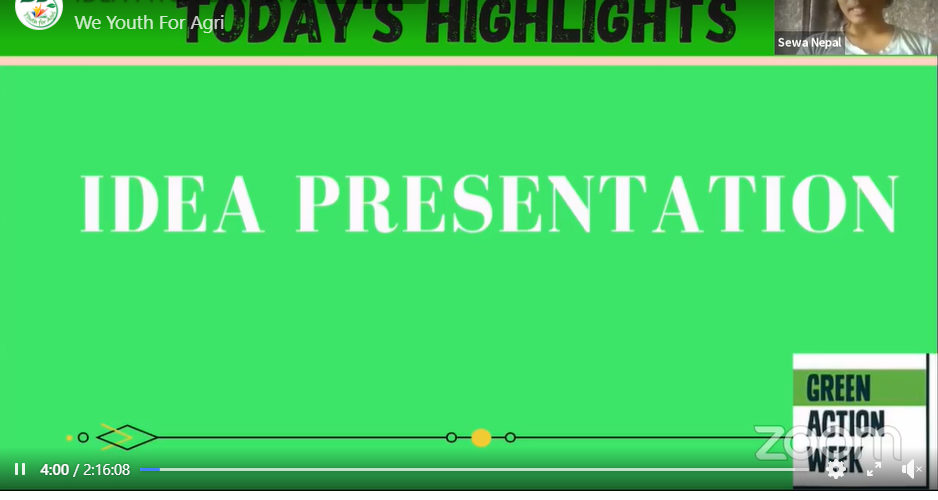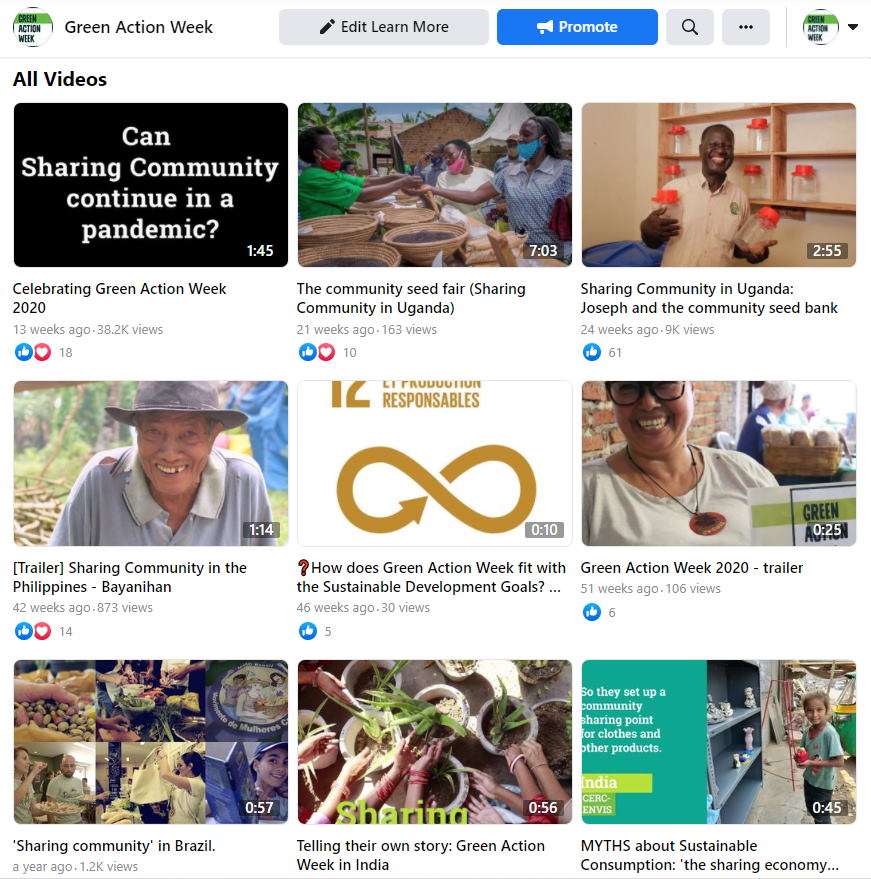Guide to
Green Action Week 2021
What is Green Action Week?
We face a crisis of people and planet.
Too many people do not have equal access to the goods and services we need for a decent life, and too much stress is being put on the planet – our shared home.
There is an alternative: a sustainable future on a healthy planet.
This crisis is fueled by unsustainable consumption. It is a system which is not natural but has been created by people – so people can change it.
All over the world communities are proving that alternative methods can help us live in balance between people and planet.
We can build this future through sharing community.
‘Sharing community’ is the method Green Action Week focuses on to achieve this future.
When people collaborate and share goods and services, it brings communities closer together and brings social benefits that reduce our environmental impact at the same time. The sharing community works for people and the planet.
Green Action Week is a global campaign to promote sustainable consumption.
Activities take place from September-November, with a coordinated peak on Green Action Week (4th – 10th October 2021).
In 2020, 50 civil society organisations in 30 countries across Africa, Asia, Europe, Oceana, and the Americas participated in the campaign.
We emphasise three principles in how we communicate Green Action Week:
People AND Planet
We cannot tackle inequality if we do not find a sustainable way to live on this planet. We cannot save the environment without social justice and equality for everyone.
Social and environmental justice can only succeed if we tackle them together.

A global movement in conversation.
Our strength is our global diversity with a unified purpose.
We are not a collection of individual initiatives, but a network who swap ideas, share stories, and encourage each other on our Facebook page, WhatsApp group, and regular video calls.
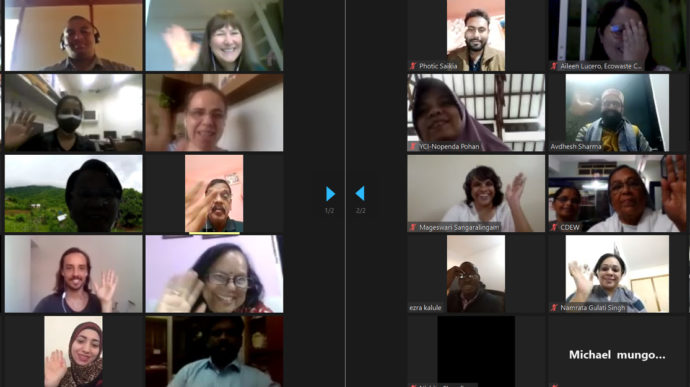
Demonstrate change in progress.
Compared to other sustainable consumption initiatives which expose the problem or make arguments for the solutions – our contribution is to show the solution happening at the grassroots, led by local communities in the Global South themselves.
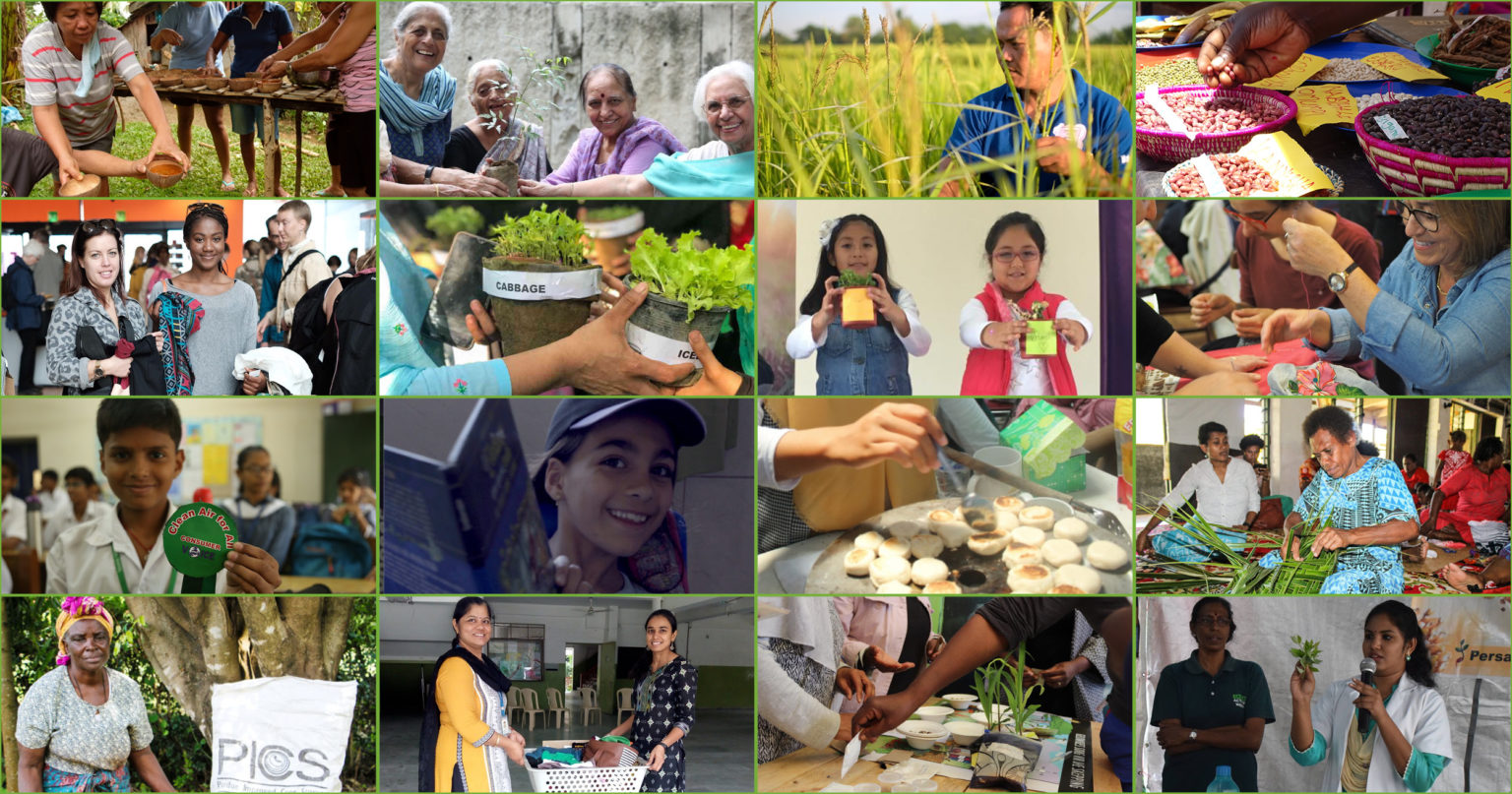
What is Sharing Community?
We want to challenge the norms of private ownership and consumerism through strong, collaborating communities. By reigniting cultures of sharing and collaboration we can create sustainable access to goods and services for more people, and reduce the stress on the planet at the same time.
Changing the system, not just cleaning up after it.

Are our activities simply cleaning up, recycling and reusing? Or are we challenging the mindsets, policies, and power systems that create the unsustainable consumption in the first place?
Speaking a global truth in our local languages.
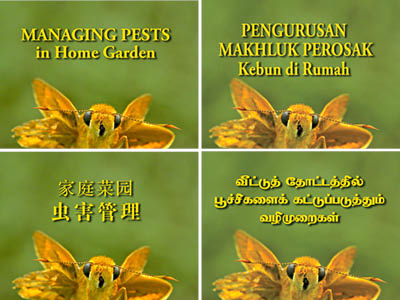
The words we use are important for persuading the people we need. If ‘Sharing Community’ does not translate well to our local context, can we find a way to talk about it that connects and inspires? (Examples)
Building stronger community relationships.

How can the activity of sharing community build the relationships that can continue without us? Can we connect different backgrounds in our community, different generations, to make it a lasting habit?
Bringing back local cultures of sharing.
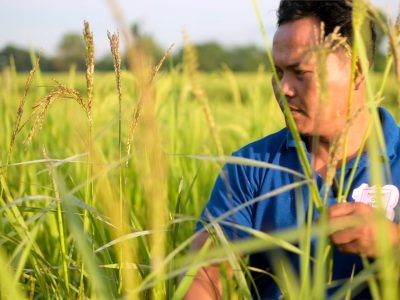
The waste and inequality of unsustainable consumption is a relatively new invention. How can we appeal to the collective memory of ancient cultures of sharing and collaboration in our communities?
What is different in 2021?
Planning for a year with covid, building for a future after covid.
In spring 2020, Green Action Week participants were advised to “adapt to covid, not postpone, cancel, or assume that it will not affect you”. That is still the advice, as for most of us life will not be ‘back to normal’ this October. The first priority for all participants should be the safety of your teams and your community.
Despite the difficult circumstances last year all participants showed incredible resilience and creativity to adapt activities to pandemic restrictions – those experiences can hopefully help us plan for this year.
One of the reflections from our collective review of 2020 was that the pandemic proved that sharing community is not a luxury that can be put on hold to prioritise crisis response – it is part of the necessary response to that crisis.
Some of covid’s challenges helped us rethink our future campaigning:
- How can our activities be more accessible online?
- How can we show sharing is a solution, not a risk?
- How can we point to the drastic changes we have seen happen to reimagine a world without unsustainable consumption?
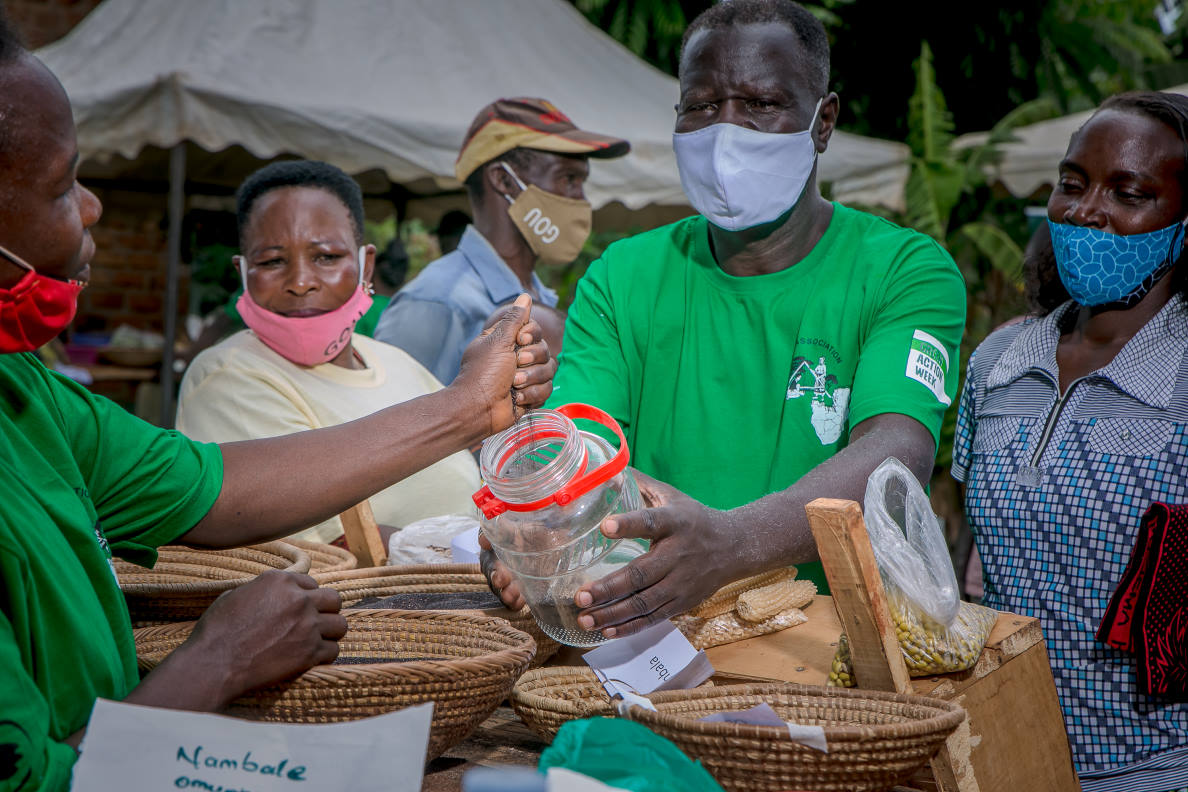
"The pandemic proved that sharing community is not a luxury that can be put on hold to prioritise crisis response - it is part of the necessary response to that crisis."
Improving our impact each year by going deeper, not wider.
We are now in the fourth year of the focus on ‘Sharing Community’. We are excited about having new participants, but most participants have now had at least one year of experience with this theme. How can we build on this collective experience?
Our resources remain limited, so rather than trying to widen our reach (more events, more topics, new audiences, etc) how can we improve our depth? Where have we been successful that we can turn into more systemic change? What can we learn from, or share with other participants in other countries? How can we safeguard our progress so that it lasts in the future?
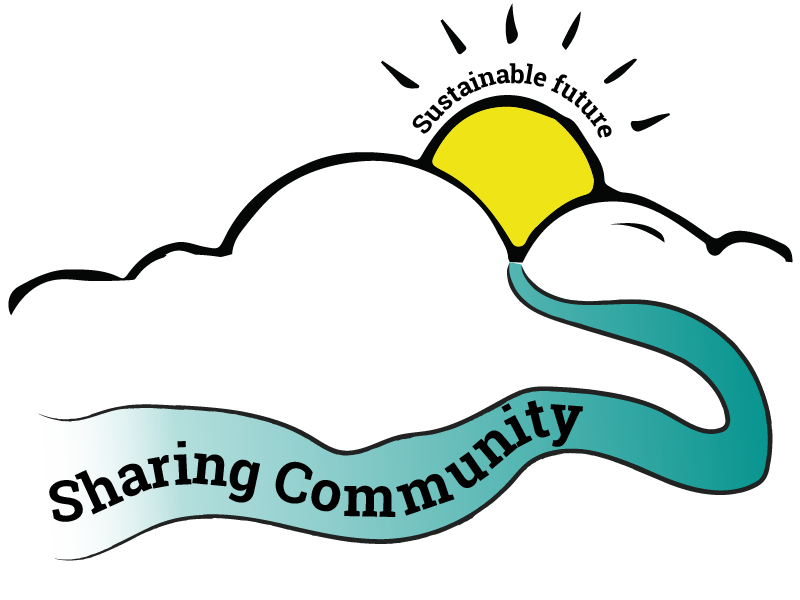
What examples are there?
Consumer Voice in India had to switch quickly from photographers in people’s homes, to guidance on how to make home-made videos about gardening in kitchens and balconies.
Could you think about how ‘remote’ activities can still be two-way, not just watching a screen?
PELUM Uganda organised a seed-swapping fair, and did ‘before-and-after’ photos and interviews with participants: Olivia who cares about indigenous seeds, Mukasa who worried about seed insecurity, and Mwanga who brought tree saplings.
Could you include different perspectives, over different periods of time, in your storygathering?
Consumer Council of Fiji identified “a renewed sense of optimism that damage done to the environment is reversible” and campaigned to link older and younger generations through folk tales and songs spreading traditional cultures of sharing.
Could you investigate psychological and cultural ways to change people’s minds about sharing?
CUTS International and their partners in India linked webinars, with creative physical activities like beekeeping, and placed stories in newspapers to make the most of their visibility despite lockdown.
Could you do more than just adapt your activities to covid, and link them up for more public impact?
SEWA Nepal used a design-thinking process with a small group to design innovative ways of tackling unsustainable consumption – and broadcast each session day-by-day live on Facebook.
Could you involve communities in the design of your activities, not just participating in them?
Centro Ecológico in Brazil created “sharing and solidarity networks” between farmers in the field, shoppers in a café, and children in school. Food, items, toys, and ideas circulated between all three.
Could you find a way for the physical and social connections of your campaign to be truly ‘circular’?
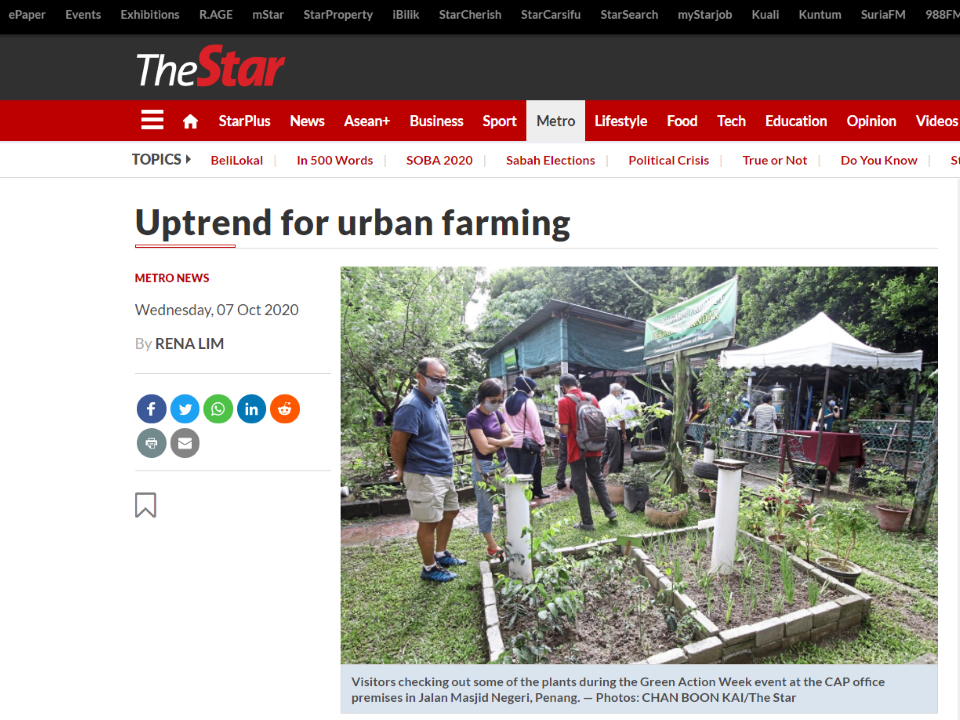
Consumers Association Penang in Malaysia did not just create a guidebook to Pest Management in Home Gardens, they coordinated a launch event, video explainers, and media stories to launch it.
Could you plan how ‘real life’ events, media and social media link up to give a consistent message?
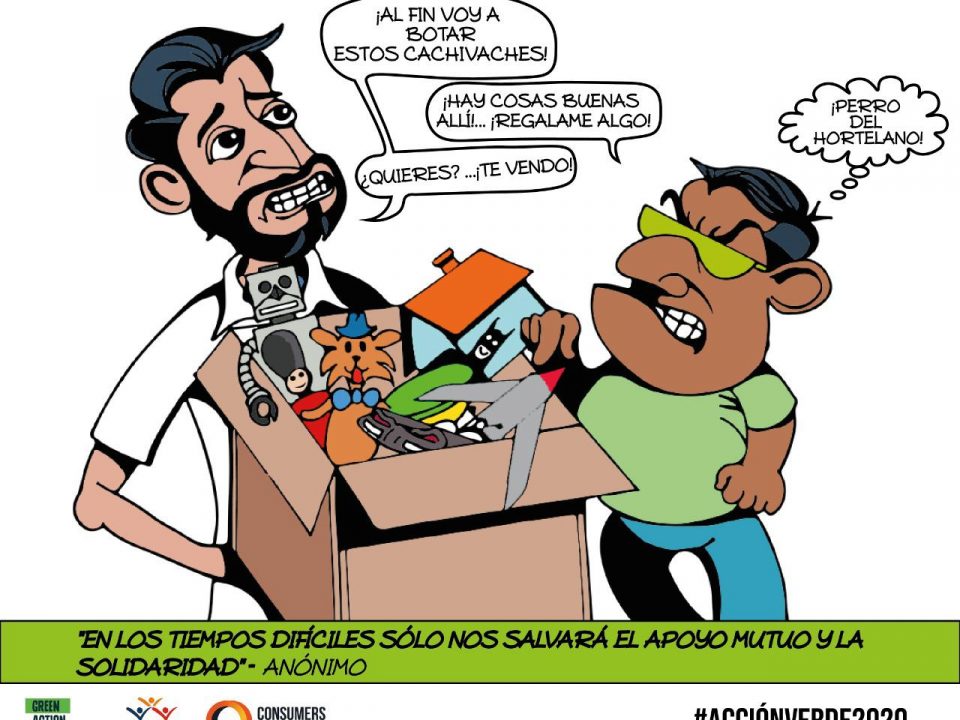
ASPEC in Peru wanted to “express a story or thought in a single picture…and try a bit to put in some humour” and combined cartoons with social media (even trying TikTok) to reach different ages.
Could you go to the platforms where your audiences are, and use visuals to communicate with them?
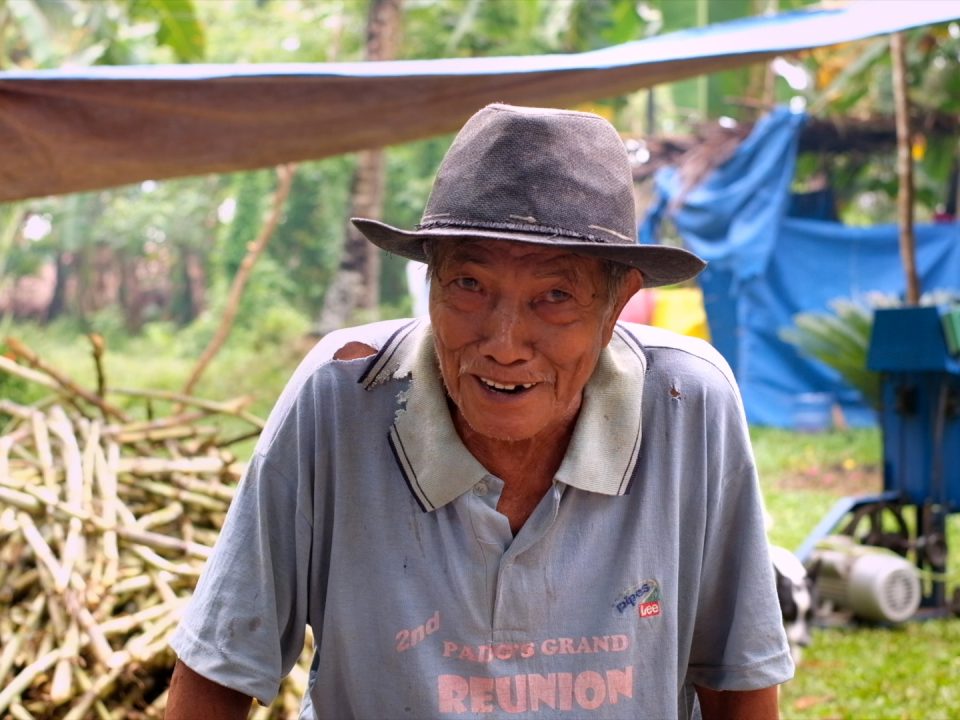
Masipag in the Philippines spoke about ‘Bayanihan’ a local concept of sharing community in 2019. When the government tried to claim the concept during the pandemic, they adapted to focus on ‘Bahaginan’.
How can you adapt to events, but stay true to your ancient cultures of sharing?
Resources & Contact Details
Would you like to do a planning exercise with your team? We have designed a five-step planning process, complete with presentation slides, planning poster, and facilitator notes.
Green Action Week is an initiative by the Swedish Society for Nature Conservation (SSNC) and is carried out in coordination with Consumers International.
If you are applying to take part in Green Action Week as a partner of SSNC – you should have received an email. If not, you can contact info@greenactionweek.org
If you are applying to take part in Green Action Week as a member of Consumers International – you should have received an email. If not, you can find more information on the Consumers International website.
If you are not a member of Consumers International or partner of SSNC then you can still be part of the campaign even if you are not eligible for funding.
Green Action Week would welcome hearing about your sharing community plans – please fill out this form (3 short questions) and we will be in contact.
